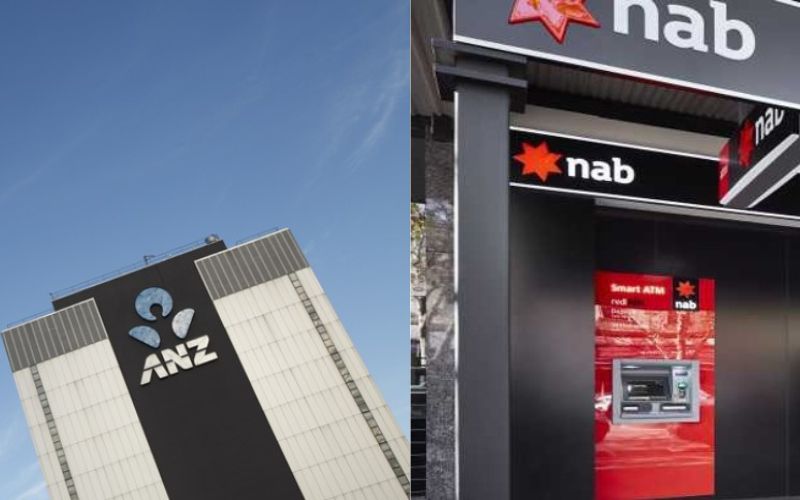
ANZ and NAB have revised their monetary policy projections and are now expecting the cash rate to hit 4.1%.
According to their forecast, the Reserve Bank of Australia is expected to increase the cash rate in the next three months by 25bps each, which means the cash rate will sit at 4.1% by May.
Buying a home or looking to refinance? The table below features home loans with some of the lowest interest rates on the market for owner occupiers.
Lender Home Loan Interest Rate Comparison Rate* Monthly Repayment Repayment type Rate Type Offset Redraw Ongoing Fees Upfront Fees Max LVR Lump Sum Repayment Extra Repayments Split Loan Option Tags Features Link Compare Promoted Product Disclosure
Promoted
Disclosure
Disclosure
Promoted
Disclosure
ANZ believes inflationary pressures are still high
ANZ senior economist Felicity Emmett said the 4.1% cash rate looks likely to be required to bring inflation back down towards the target band of the RBA, which is at 2% to 3%.
“The Q4 CPI report showed inflationary pressures remain intense — non-tradables and services inflation accelerated, and both are now annualising around 8.5% year-on-year. These measures better reflect underlying and domestically driven inflationary pressures,” she said.
On top of this, activity seems to be more resilient than expected, with business conditions bouncing strongly in January.
“ANZ card spending data suggests there is still appetite for discretionary purchases, with strong growth in travel spending offsetting weakness in discretionary goods spending in early 2023,” Ms Emmett said.
“Given that price pressures are intense and look to remain stronger for longer, we have lifted our 2023 inflation and wage growth forecasts and see the higher cash rate as necessary to return inflation to the top of the target band by late-2024.”
Given these, the RBA is expected to only start easing by November 2024.
NAB sees economic resilience as driver of further rate hikes
NAB group chief economist Alan Oster said strong prints for wages and inflation are likely to continue in the near term.
“The subsequent prints of monthly and quarterly CPI measures for Q1 are likely to show some easing but will remain elevated, motivating the RBA Board to respond with further rate rises in April and May to take the cash rate to 4.1%,” he said.
However, a strong case remains for the central bank to pause or slow down their hiking cycle soon to provide time for the successive adjustments to flow through.
“Such an approach would leave open the possibility of raising rates further later in the year if inflation did not moderate sufficiently,” he said.
“With rates now expected to peak above 4%, we see policy as moving deeper into restrictive territory.”
Based on NAB’s projections, consumption is likely to slow sharply as 2023 progresses, weighing on economic growth.
“A cash rate peak above 4% will have a significant impact on economic growth, and we expect GDP to be below 1% over both 2023 and 2024 despite the more optimistic near-term outlook,” Mr Oster said.
“We also expect the RBA will need to cut interest rates in 2024 to closer to neutral to support growth as inflation moderates.”
Collections: Mortgage News Interest Rates





Share